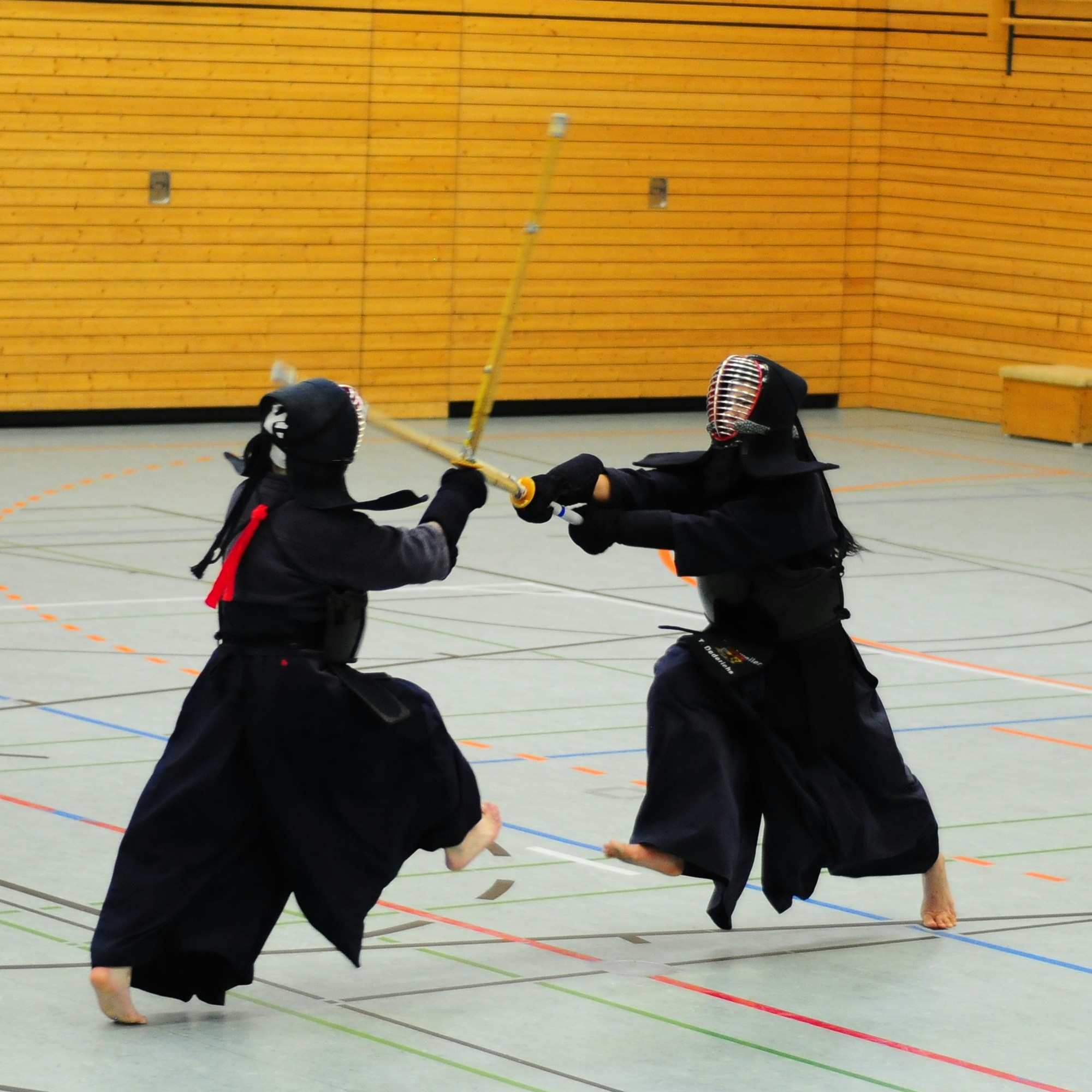Planning a trip to Japan and drawn to the idea of martial arts? Then you absolutely need to discover Kendo. While you might envision a fierce clash of bamboo swords, there’s a profound spirituality and uniquely Japanese emphasis on “rei” (etiquette) at its core.
What is Kendo? The “Moving Zen” that Carries the Samurai Soul
Kendo is a modern Japanese martial art rooted in traditional swordsmanship. Its history stretches back centuries. The sword techniques honed by warriors during Japan’s tumultuous Sengoku period evolved into martial arts systems during times of peace. By the Edo period, numerous schools of swordsmanship had emerged. Then, in the Meiji era and beyond, as martial arts were incorporated into physical education, protective armor and bamboo swords (shinai) were developed for safe practice, establishing the Kendo we know today.
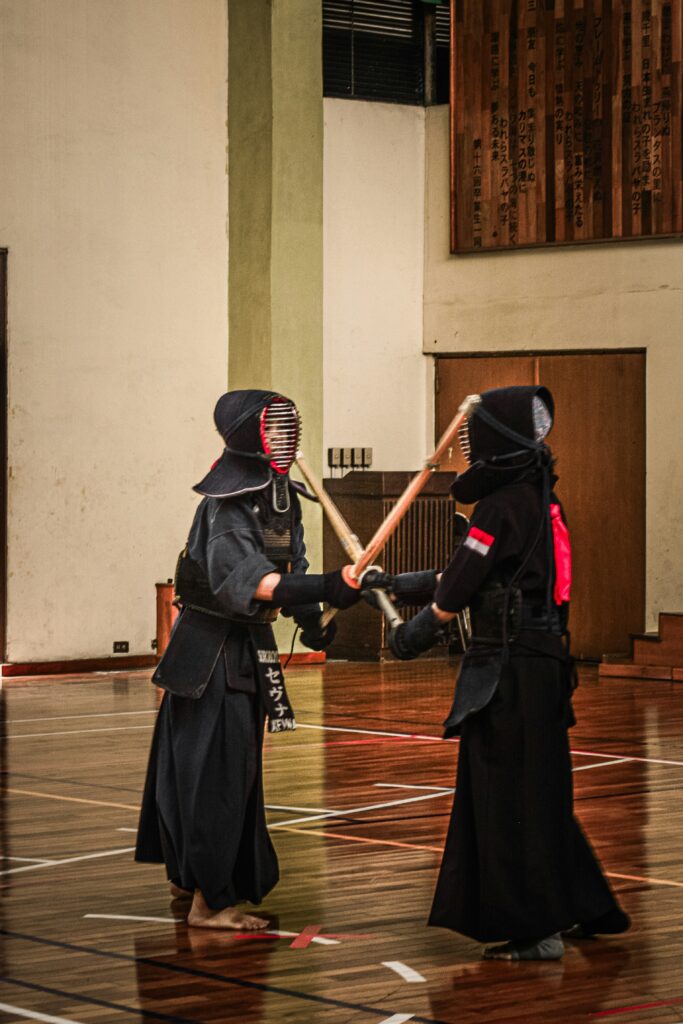
Kendo is far more than just a “combat sport.” It’s a “do” – a path or way – that aims to forge character and discipline through rigorous training, not just to defeat an opponent. Concentration, judgment, and above all, etiquette are paramount. This is why Kendo is sometimes called “moving Zen.”
How Kendo Differs: The Spirit of Bushido Lives On
While there are many martial arts and combat sports around the world, Kendo is deeply imbued with Japan’s unique spirit of Bushido, the way of the warrior.
- Absolute Etiquette: Before and after every practice session, participants always bow. This shows respect for your opponent and also serves as a way to discipline yourself. You’ll observe this deep respect for etiquette when entering and leaving the dojo, addressing instructors, seniors, and fellow practitioners, and even during the practice itself.
- “Ma-ai” (Distance) & “Kizeme” (Spirit Pressure): In Kendo, it’s not just about hitting your opponent; it’s crucial to read the distance (ma-ai) between you and your opponent and to apply kizeme, an invisible spiritual pressure that overpowers their will. This is a subtle mental battle, highlighting Kendo’s spiritual depth.
- “Zanshin” (Lingering Mind/Awareness): Even after striking an opponent, maintaining focus and being ready for the next action is called zanshin. This is a remnant from the days when samurai put their lives on the line and is still central to modern Kendo.
These elements aren’t just about improving technique; they’re about fostering personal growth, which is a key characteristic of Kendo.
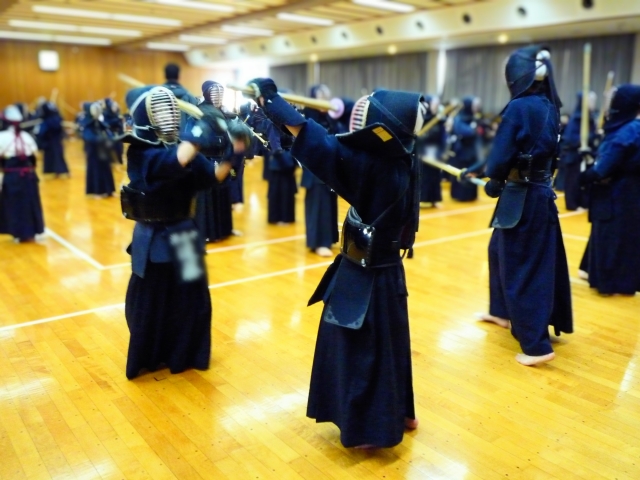
Why is a Kendo Experience Perfect for International Travelers?
For international travelers visiting Japan, a Kendo experience offers value far beyond a simple activity.
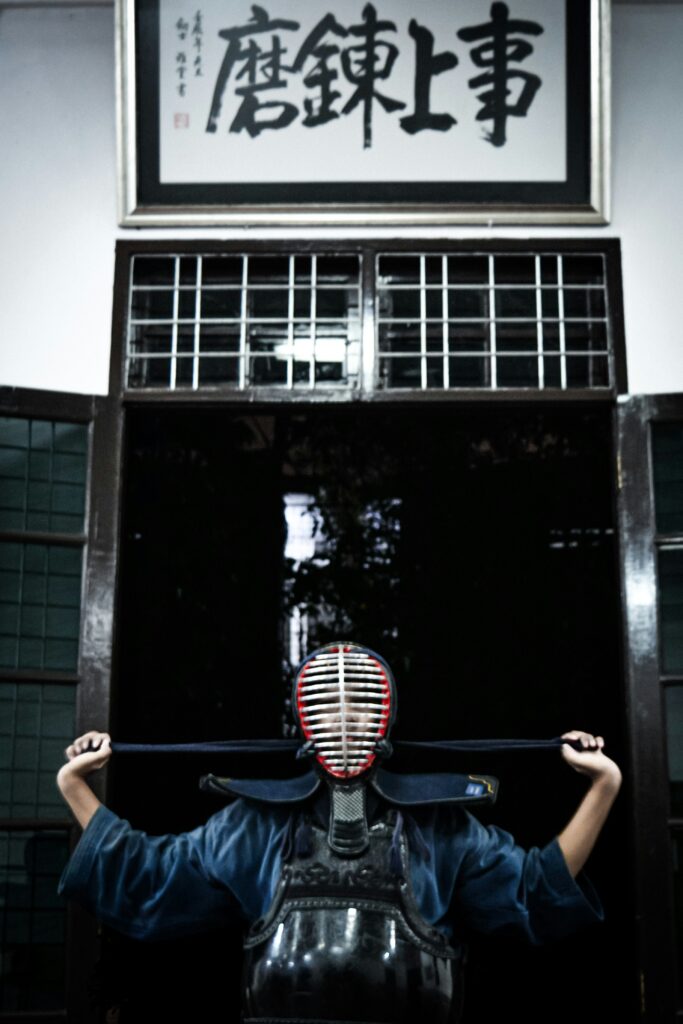
- Authentic Japanese Culture: Kendo, much like the tea ceremony or flower arrangement, is a key to deeply understanding Japan’s spiritual culture. The intense atmosphere of a dojo, the sound of the shinai, and the entire flow of practice, starting and ending with etiquette, offer an invaluable opportunity to feel Japan’s aesthetic and discipline firsthand.
- Experience History: By wearing the protective gear and holding a bamboo sword, you can experience the actual movements of the sword techniques used by samurai, bringing Japanese history to life. It might even feel like you’ve stepped back in time.
- Mind and Body Refreshment: Focusing your mind and body and swinging the shinai can relieve daily stress and leave you feeling refreshed, both mentally and physically. You’ll use muscles you don’t typically use and feel a satisfying sense of accomplishment along with pleasant fatigue.
- Connect with Locals: In the dojo, you’ll have the chance to interact with Japanese people who love Kendo. Shared experiences can foster communication that transcends language barriers.
Preparing for Your Kendo Experience in Japan: What to Expect
If you’re new to Kendo, you might feel a bit apprehensive, but don’t worry! Many dojos and experience programs offer plans where you don’t need to bring anything.
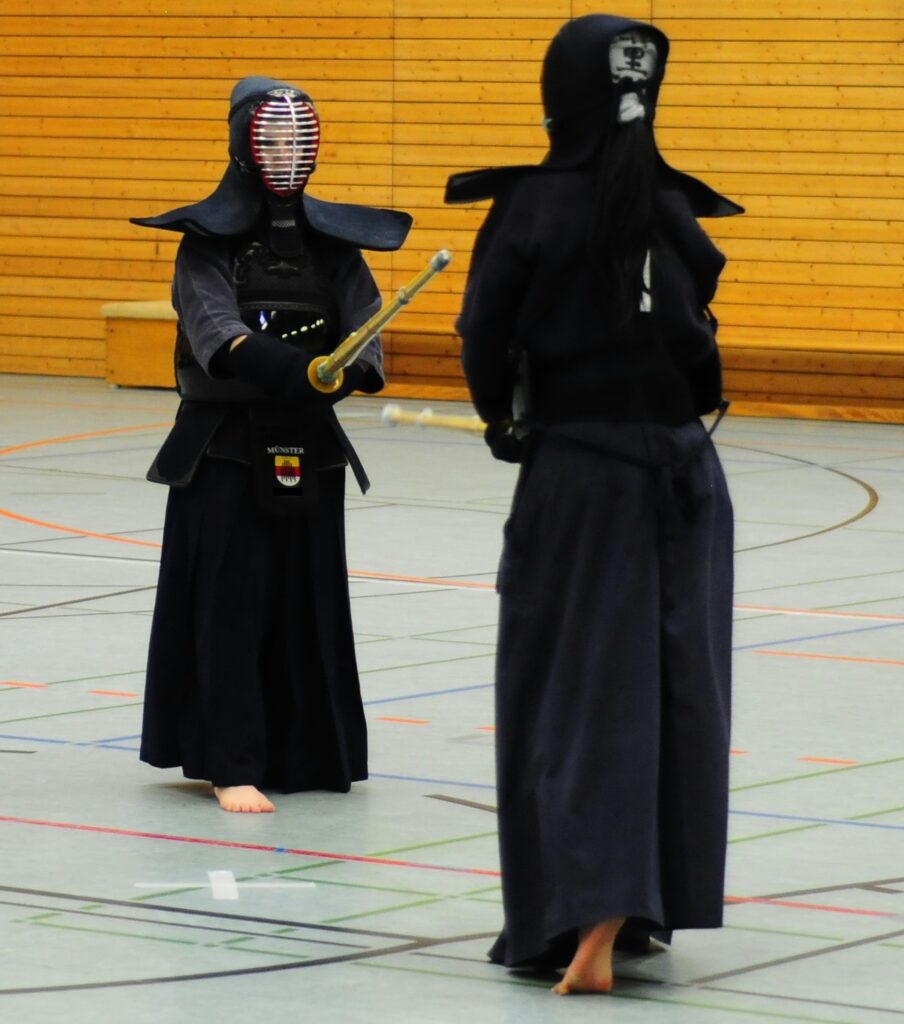
- Attire: Comfortable, easy-to-move-in clothing is fine for your initial visit. Often, the traditional uniform (dogi and hakama) can be rented.
- Equipment: For experience programs, protective gear (men (head), kote (hands/forearms), do (torso), tare (waist/groin)) and the shinai (bamboo sword) are provided. You can participate confidently even without prior knowledge.
- Mindset: Most importantly, bring a respectful attitude and a willingness to have fun. Show gratitude to your instructors and fellow dojo members, and participate enthusiastically.
Where Can You Try Kendo? Recommended Locations
While there are numerous Kendo dojos across Japan, many are now offering programs specifically for foreign visitors.
- Dojos Near Tourist Spots: Major tourist cities like Tokyo, Kyoto, and Osaka have dojos that offer Kendo experience programs tailored for tourists. It’s a good idea to check their websites for availability beforehand.
- Cultural Experience Facilities: Some cultural experience centers offer a variety of Japanese cultural activities, including Kendo. These are also a convenient option for easy participation.
- Ryokans & Hotels: Certain accommodations might even offer Kendo experience plans as part of your stay.
When booking, it’s wise to confirm if English explanations are available or if they offer transportation services.
After Your Kendo Experience: A Journey of Self-Discovery
Holding the shinai, sitting in seiza, and donning the mask—these unique experiences, so different from everyday life, will undoubtedly leave an unforgettable impression on your trip.
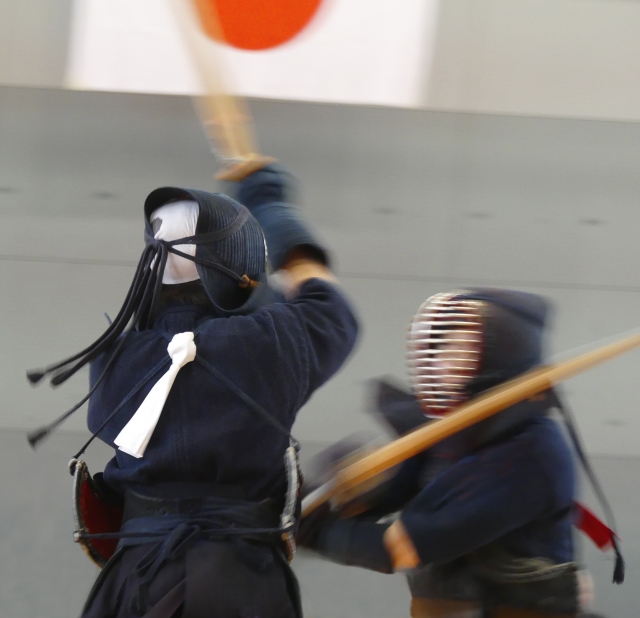
Kendo, while a martial art, is truly a “way” to face yourself and refine your inner being. Through a Kendo experience in Japan, you’ll likely discover a new side of yourself and gain a deeper appreciation for the profound depths of Japanese culture.
So, on your next trip to Japan, why not step onto the “Way of the Sword”? A stimulating and deeply memorable experience awaits you there.

